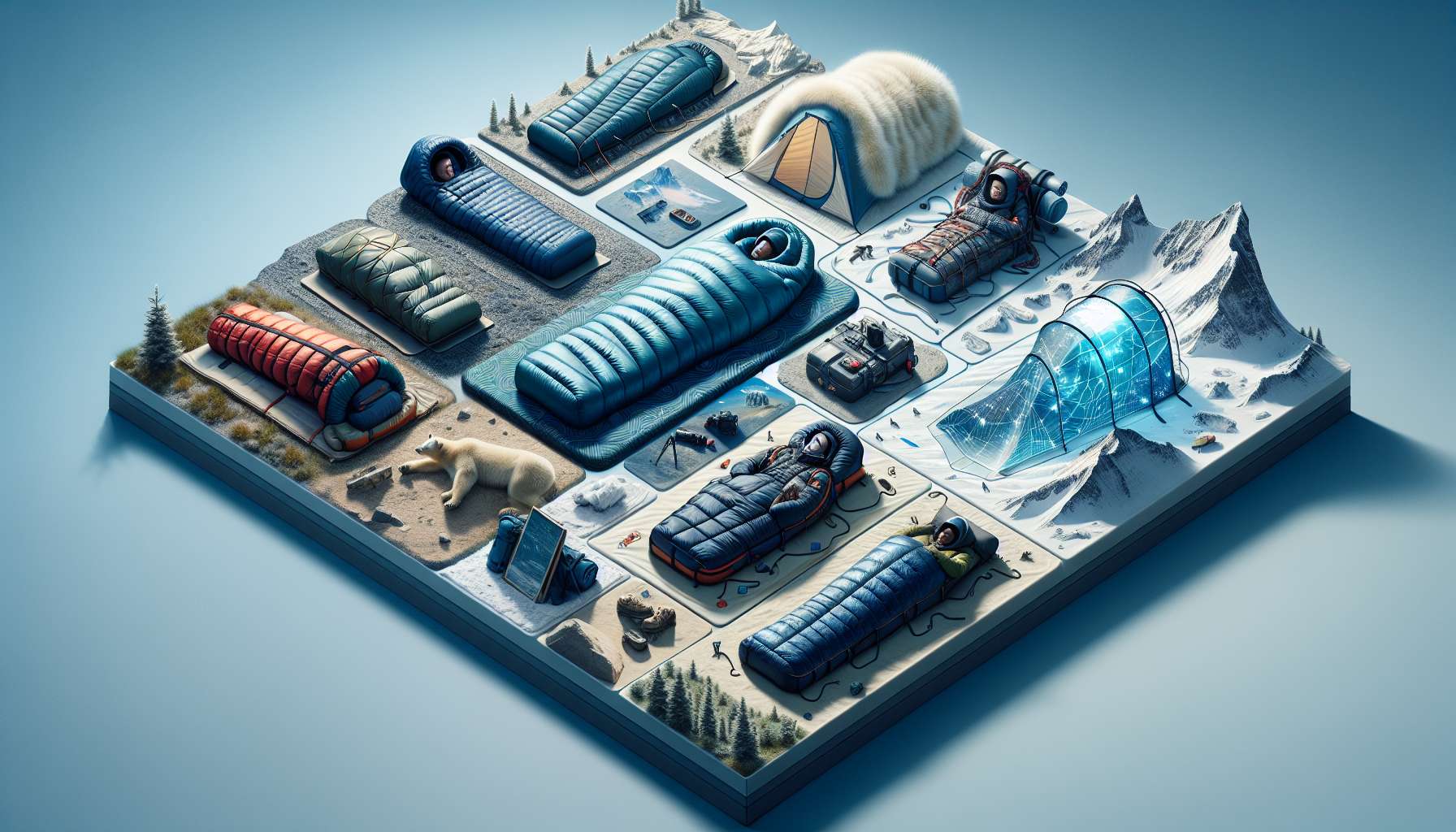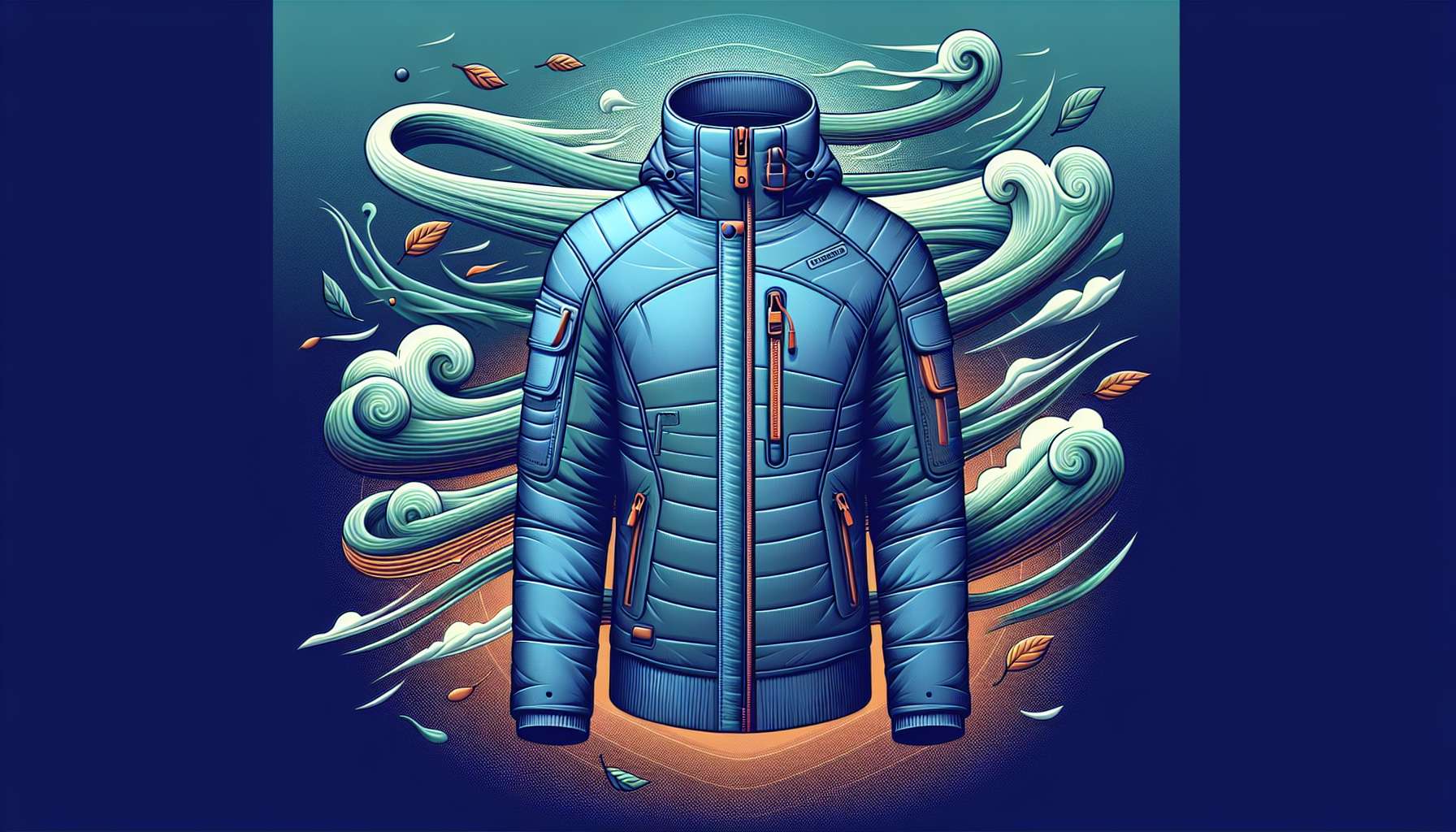Sleeping Bags for Extreme Conditions: A Comprehensive Guide
Welcome to the ultimate guide on sleeping bags for extreme conditions. Whether you’re an avid adventurer braving the harshest climates or a casual camper preparing for a chilly night under the stars, choosing the right sleeping bag can make all the difference. In this article, we will delve into the world of sleeping bags designed to withstand extreme conditions, exploring their features, benefits, and how to select the best one for your needs.
The Anatomy of a Sleeping Bag
Before we dive into the specifics of sleeping bags for extreme conditions, it’s essential to understand the basic components that make up these essential pieces of outdoor gear. A typical sleeping bag consists of an outer shell, insulation, and a lining. The outer shell is often made of durable, water-resistant material to protect against moisture and abrasion. The insulation, which can be down or synthetic, is responsible for trapping heat and keeping you warm. The lining, usually a soft and comfortable fabric, adds a layer of coziness to help you get a restful night’s sleep.
When it comes to sleeping bags for extreme conditions, manufacturers take these basic components to the next level. They incorporate advanced materials and technologies to ensure maximum warmth, durability, and protection against the elements.
Types of Insulation
Insulation is a crucial factor to consider when choosing a sleeping bag for extreme conditions. There are two primary types of insulation used in sleeping bags: down and synthetic. Down insulation, typically sourced from ducks or geese, is known for its exceptional warmth-to-weight ratio and compressibility. It provides excellent insulation but may lose its loft when wet, compromising its thermal efficiency.
Synthetic insulation, on the other hand, is made from polyester fibers and retains its insulating properties even when damp. While synthetic insulation may be heavier and less compressible than down, it is an excellent choice for wet conditions where moisture resistance is essential.
Temperature Ratings
One of the most critical factors to consider when selecting a sleeping bag for extreme conditions is the temperature rating. Temperature ratings indicate the lowest temperature at which a sleeping bag can keep the average sleeper warm. For extreme conditions, it’s essential to choose a sleeping bag with a temperature rating well below the expected low temperatures to ensure comfort and safety.
When shopping for a sleeping bag, you will come across different temperature ratings, such as comfort, limit, and extreme. The comfort rating indicates the lowest temperature at which a typical woman can sleep comfortably, while the limit rating is the lowest temperature at which a typical man can sleep without discomfort. The extreme rating, often reserved for survival situations, represents the lowest temperature at which a person can survive for six hours without the risk of hypothermia.
Water Resistance
In extreme conditions, staying dry is paramount to staying warm. That’s why water resistance is a crucial feature to look for in a sleeping bag designed for harsh environments. Many sleeping bags for extreme conditions come with water-resistant outer shells to protect against moisture from rain, snow, or condensation. Additionally, some sleeping bags are treated with durable water repellent (DWR) coatings to enhance their water resistance.
When choosing a water-resistant sleeping bag, consider the climate and conditions you will be facing. If you expect frequent exposure to wet environments, opt for a sleeping bag with high water resistance to ensure your warmth and comfort throughout the night.
Special Features
Sleeping bags for extreme conditions often come with special features designed to enhance their performance and functionality. Some common features to look for include draft collars, hooded designs, draft tubes, and zipper guards. Draft collars are insulated tubes that prevent heat loss around the neck and shoulder area, while hooded designs provide additional warmth and protection for the head.
Draft tubes are insulated baffles along the zipper line that prevent cold air from seeping in, while zipper guards protect against snagging and ensure smooth operation. These features work together to create a cocoon of warmth and comfort, allowing you to rest peacefully even in the most challenging conditions.
Choosing the Right Sleeping Bag
With so many options available, choosing the right sleeping bag for extreme conditions can seem like a daunting task. To help simplify the process, consider the following factors:
Temperature Rating:
Choose a sleeping bag with a temperature rating suitable for the coldest conditions you anticipate encountering.
Insulation Type:
Select between down and synthetic insulation based on your preferences and the expected moisture levels.
Water Resistance:
Opt for a water-resistant sleeping bag if you will be exposed to wet environments.
Special Features:
Consider the special features that will enhance your comfort and protection in extreme conditions.
Expert Opinions
According to outdoor gear experts, selecting the right sleeping bag for extreme conditions is crucial for a safe and comfortable outdoor experience. They recommend investing in high-quality, well-insulated sleeping bags with water-resistant properties for maximum protection against the elements. Additionally, experts advise conducting thorough research and reading customer reviews to find a sleeping bag that meets your specific needs and preferences.
Conclusion
In conclusion, sleeping bags for extreme conditions are essential gear for outdoor enthusiasts and adventurers who brave challenging environments. By understanding the key features, such as insulation type, temperature rating, water resistance, and special features, you can select the perfect sleeping bag to keep you warm and comfortable in even the most extreme conditions. Remember to prioritize safety, comfort, and protection when choosing a sleeping bag, and always be prepared for whatever nature throws your way. Happy exploring!




